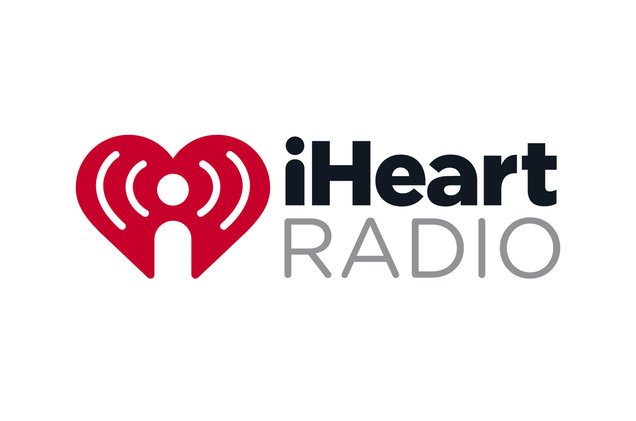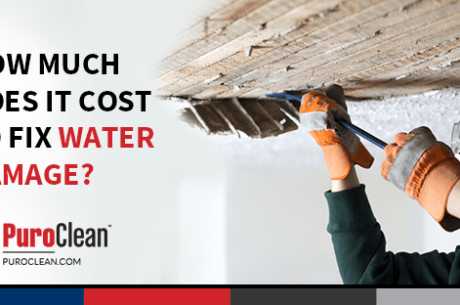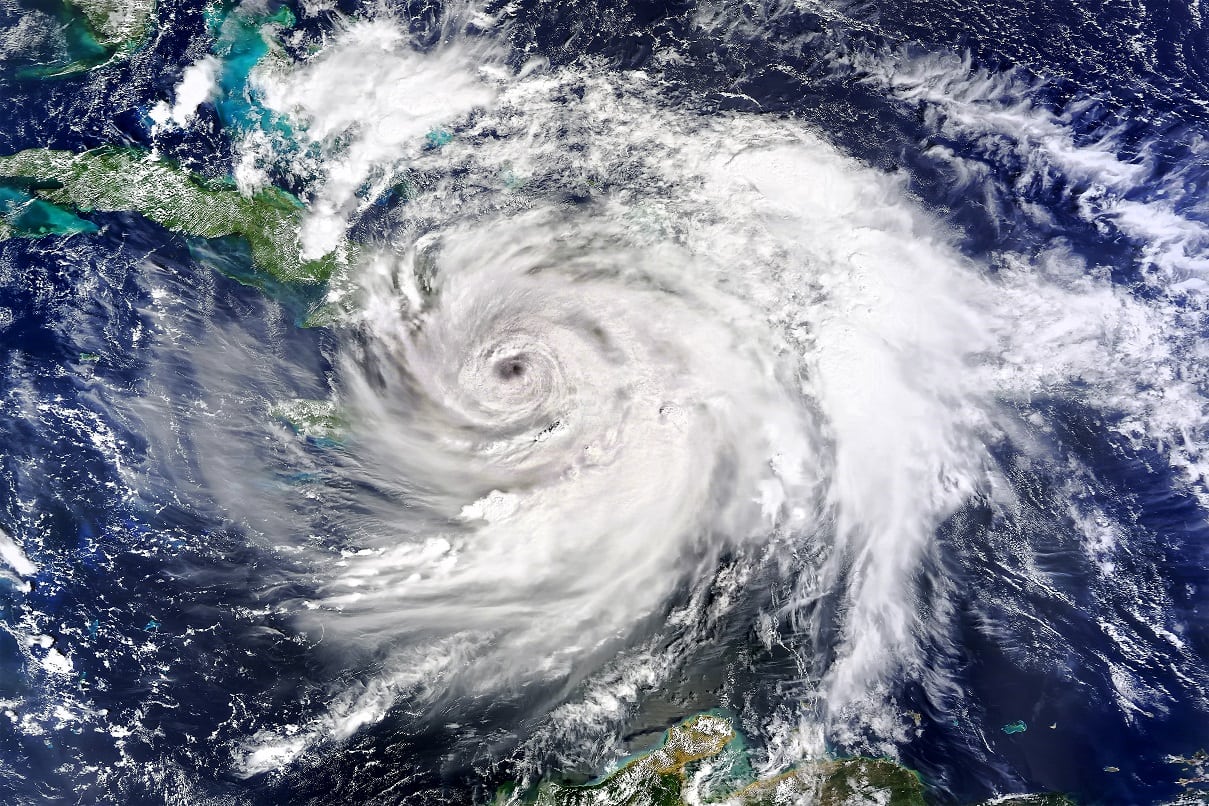Dealing with sewage backups is a homeowner’s nightmare. Not only do they create an unpleasant mess, but they also pose serious health risks.
When floodwater contains raw sewage, viruses, and other harmful substances, it is classified as black water. Black water can cause illnesses, so it’s vital to fix any backups quickly. However, knowing the causes of sewer backups can help you prevent them in your home.
Sewer backups often result from issues within the sewer system, whether it’s a problem with your home’s main sewer line or a blockage in the larger municipal sewer system. These backups can cause raw sewage to flow back into your home, creating a hazardous environment.
Causes of Sewage Backup
- Clogs – When drains clog, sewage can invade your homes. A single toilet backup points to a blocked drain, while multiple backflows suggest a main line obstruction. Hair, grease, and debris are usually the culprits, combining to block pipes and cause overflows.
- Improper Item Disposal – Flushing inappropriate items like diapers, feminine hygiene products, paper towels, and too much toilet paper can cause clogs and backups. Even wipes can cause issues, despite what it says on the package.
- Tree Roots – Trees can produce long roots that grow around your sewer line. Roots can grow into or around a pipe and cause holes or even crush the line. Even roots from nearby trees can reach your sewer line and cause damage.
- Heavy Rainfall – A large amount of rain can overwhelm your city’s sewer lines and cause flooding. When city systems fail, connected sewer lines face infiltration. Excess rainfall overwhelms capacity, forcing water to find alternative routes. The result? Unwanted intrusion into linked pipes. This puts your home at risk of water backflow, basement flooding and basement sewage backups.
- Sump Pump Failure—In homes with sump pumps, a pump failure can lead to pooling water and potential sewage backup.
- Structural Issues: Shifting soil, ground movement, or settling can cause misalignment or damage sewer lines, leading to backups.
Understanding Your Home’s Sewer Lines
Every home has a sewer line system that carries wastewater away from the house and into the municipal sewer system or a septic tank. Understanding the basic configuration and common issues can help homeowners prevent unpleasant surprises, such as sewage backups.
Basic Residential Sewer Line Configuration
In most homes, the plumbing system consists of smaller pipes that connect sinks, toilets, and other drains to the main sewer line. This main sewer line is the primary pipe that runs from your house to the municipal system or septic tank. It is typically buried underground and connected to a larger sewer main. You’ll find a sewer line cleanout at a specific point in your yard. The cleanout provides direct access to the main sewer line for maintenance and inspection.
Damaged Older Sewer Lines
Older homes may have sewer lines constructed from materials like cast iron or clay, which can deteriorate over time. These old sewer lines are prone to cracking and breaking, leading to potential sewage backups. Modern plastic pipes are more durable and less susceptible to these issues, making them a preferred choice for new installations or replacements.
Preventing Sewer Backups
- Don’t pour grease down the drain. To keep your pipes in good shape, it’s best not to pour cooking oil down the drain, as it can harden and lead to clogs. Instead, please pour any grease or fat into a container. Once it cools down, you can simply toss the container in the trash.
- Properly dispose of paper products. Flushing inappropriate items down the toilet can clog your sewer line. To prevent issues, discard paper products in the trash.
- Install a backwater prevention valve. This valve allows sewage to leave but prevents it from backing up into your home. Backwater valves are usually placed in a sewer line. Sometimes, people install them in a basement drain line.
- Maintain Your Sewer System. Regularly maintain your sewer system. The sewer line cleanout offers an accessible point for inspecting and clearing blockages. Keeping an eye on potential issues, like small sewer line cracks, and addressing them early can prevent costly and disruptive sewage backups.
Learn More: What to Throw Out After a Flood (especially a sewage incident).
Professional Help for Sewer Backup
If you experience a sewage backup in your home, it’s crucial to act quickly. Contact a restoration professional immediately to address the black water damage. Attempting to handle the contaminated water yourself can expose you to harmful pathogens and increase the risk of contracting diseases. For expert assistance, reach out to your local PuroClean office for comprehensive damage repair and mold remediation services.
PuroClean of Matawan, is a leading damage remediation company serving both residential and commercial clients. We specialize in water damage and biohazard cleanup, including sewage cleanup, ensuring your home or business is restored safely and effectively.
We serve our neighbors in Matawan, Old Bridge, South Amboy, Brunswick Gardens, Keyport, and nearby areas. Don’t hesitate to seek professional help to protect your property and health. Call PuroClean of Matawan today at (732) 351-2442.




 PuroClean of Matawan
PuroClean of Matawan